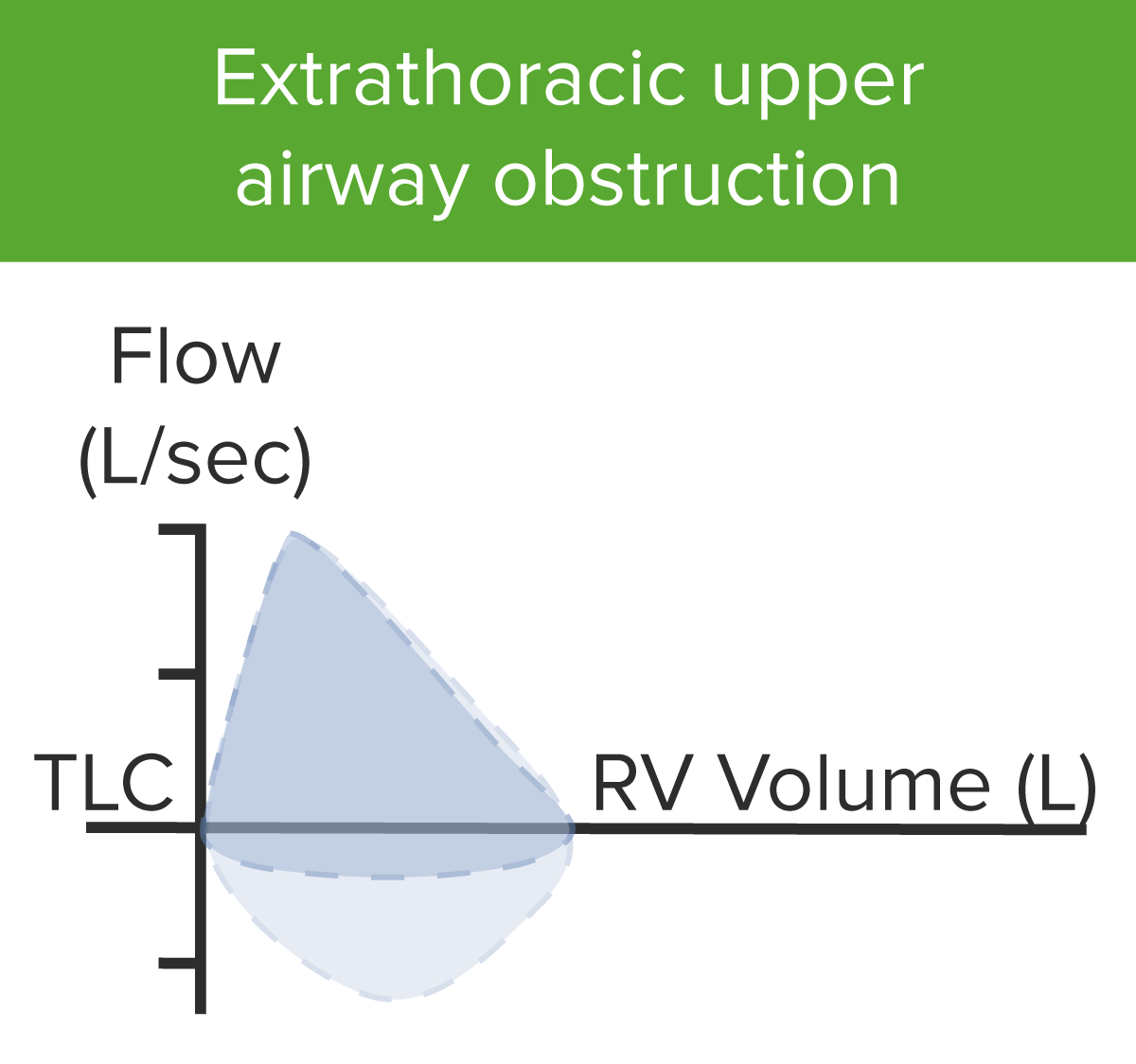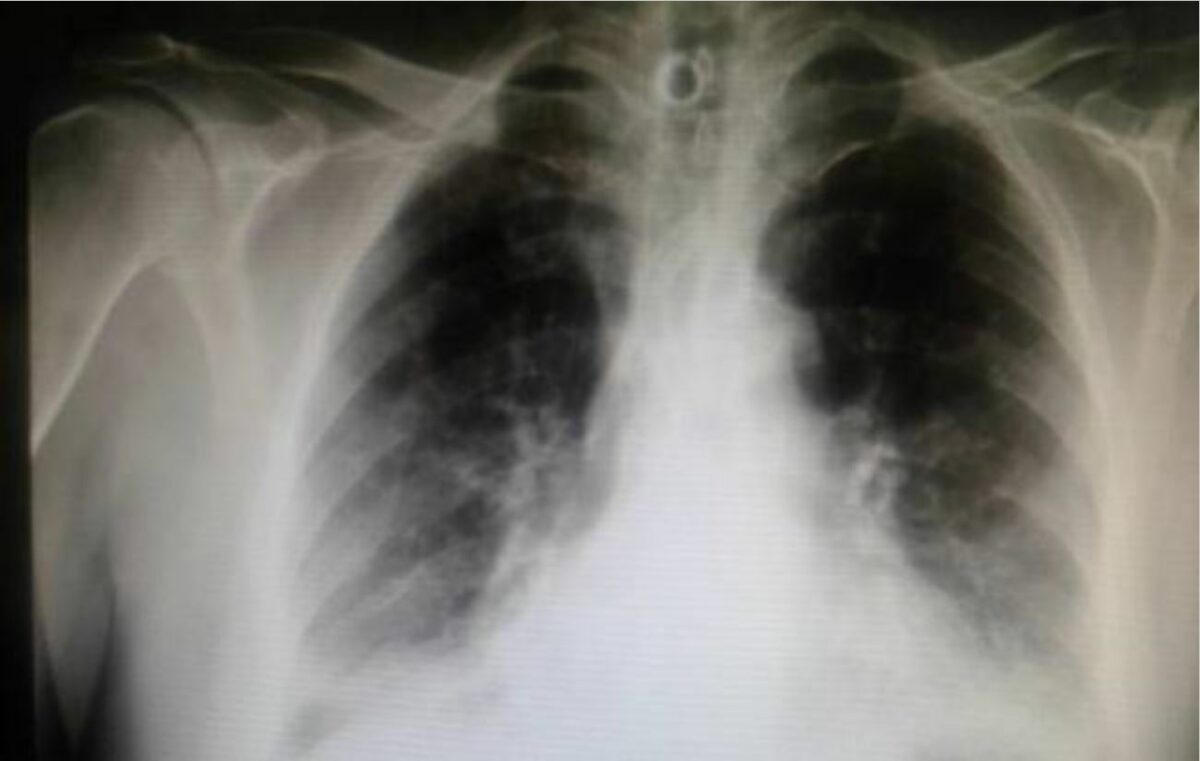Wheezing is an abnormal breath sound characterized by a whistling noise that can be relatively high-pitched and shrill (more common) or coarse. Wheezing is produced by the movement of air through narrowed or compressed small (intrathoracic) airways. Wheezes can be inspiratory or (more commonly) expiratory. Since wheezing is experienced by the patient and witnessed by the physician, the condition is a symptom as well as a physical finding. Respiratory diseases that result in obstruction usually lead to wheezing, most commonly asthma Asthma Asthma is a chronic inflammatory respiratory condition characterized by bronchial hyperresponsiveness and airflow obstruction. The disease is believed to result from the complex interaction of host and environmental factors that increase disease predisposition, with inflammation causing symptoms and structural changes. Patients typically present with wheezing, cough, and dyspnea. Asthma; however, other causes also exist, including allergies Allergies A medical specialty concerned with the hypersensitivity of the individual to foreign substances and protection from the resultant infection or disorder. Selective IgA Deficiency, pneumonia Pneumonia Pneumonia or pulmonary inflammation is an acute or chronic inflammation of lung tissue. Causes include infection with bacteria, viruses, or fungi. In more rare cases, pneumonia can also be caused through toxic triggers through inhalation of toxic substances, immunological processes, or in the course of radiotherapy. Pneumonia, and heart failure Heart Failure A heterogeneous condition in which the heart is unable to pump out sufficient blood to meet the metabolic need of the body. Heart failure can be caused by structural defects, functional abnormalities (ventricular dysfunction), or a sudden overload beyond its capacity. Chronic heart failure is more common than acute heart failure which results from sudden insult to cardiac function, such as myocardial infarction. Total Anomalous Pulmonary Venous Return (TAPVR), among others.
Last updated: Dec 15, 2025
Upper versus lower airways:
Unilateral versus bilateral wheezing:
The medical history and physical exam findings (both pulmonary and extrapulmonary) will suggest the most likely cause. Further laboratory studies and imaging are usually not needed if typical features of the underlying condition are present.

Flow-volume loop of an extrathoracic upper airway obstruction (UAO).
Abbreviations used:
TLC: total lung capacity
RV: residual volume

Flow-volume loop of an intrathoracic upper airway obstruction (UAO)
Image by Lecturio.
A foreign body is visible in the carina.
Image: “Foreign Body Aspiration in Adults (Tube Tracheostomy)” by Iranian Journal of Otorhinolaryngology. License: C BY 2.0
Optical forceps being used to remove a plastic pen cap in the left main bronchus
Image: “Preliminary experience in the management of tracheobronchial foreign bodies in Lagos, Nigeria” by Falase B, Sanusi M, Majekodunmi A, Ajose I, Oke D. License: CC BY 2.0Symptomatic relief can be achieved with supplemental oxygen Supplemental Oxygen Respiratory Failure, but it is important to identify and correct the underlying condition for long-term treatment.
The following abnormal breath sounds should be distinguished from wheezing: